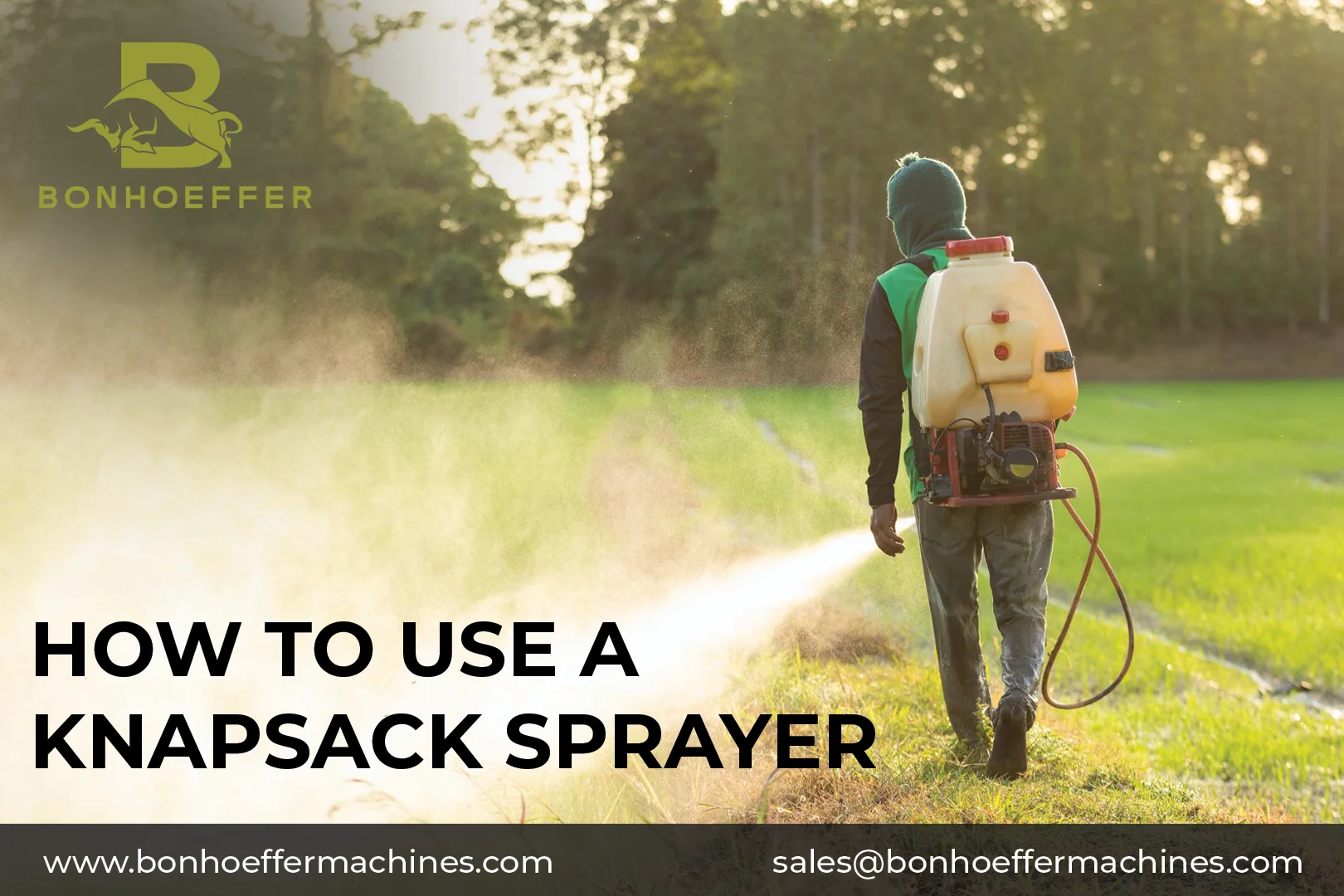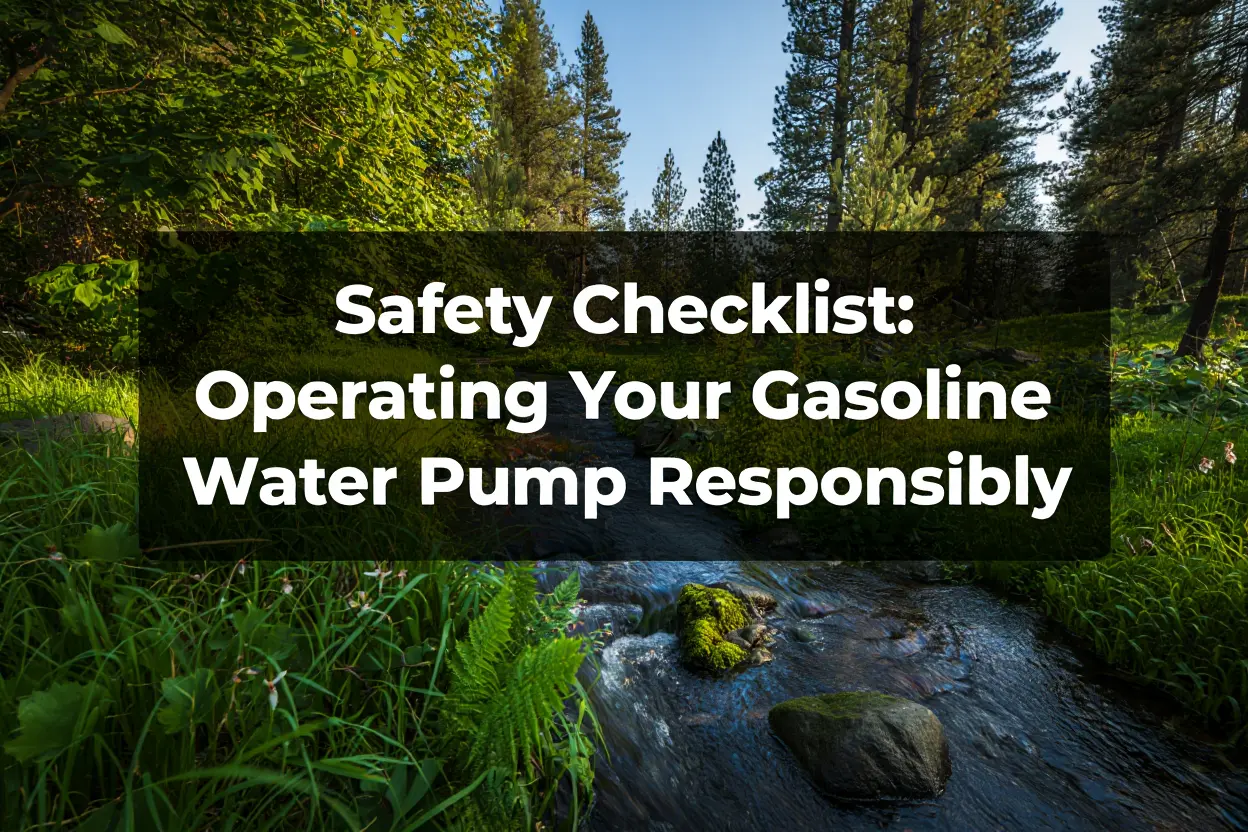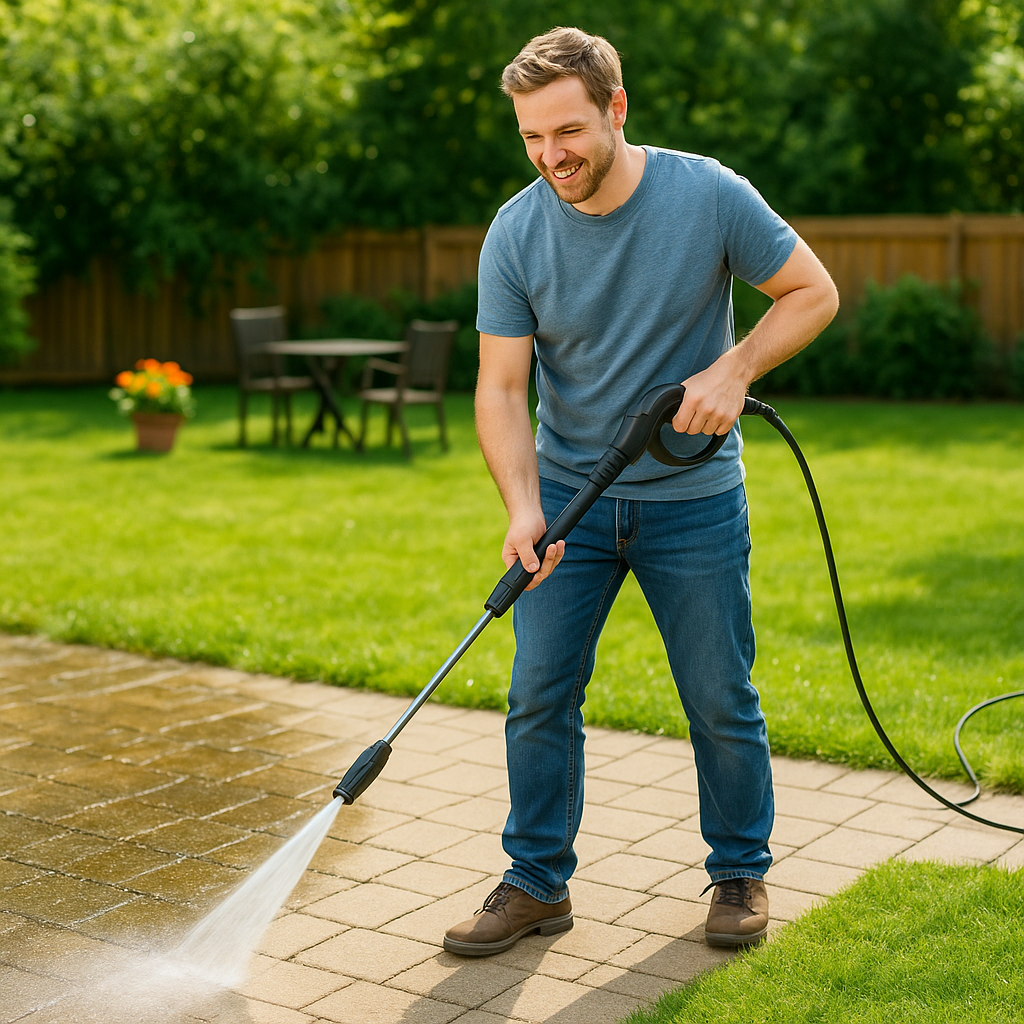
Using a knapsack sprayer is a straightforward process, but it’s important to follow the correct steps to ensure the effective and safe application of liquids such as pesticides, herbicides, and fertilizers. Here’s a step-by-step guide on how to use a knapsack sprayer:
1. Preparation:
Wear appropriate personal protective equipment (PPE) such as gloves, safety goggles, and a mask to protect yourself from the chemicals you’re spraying.
Ensure the sprayer is clean and free from any residues of previously used chemicals.
2. Mixing the Solution:
Prepare the liquid solution you intend to spray. Follow the manufacturer’s instructions for the correct dilution ratio and mixing process.
Add the required amount of liquid (pesticide, herbicide, fertilizer) to the sprayer’s tank.
3. Filling the Tank:
Fill the knapsack sprayer’s tank with the prepared solution. Avoid overfilling; leave some space for air and prevent spills.
4. Assembling and Adjusting:
Attach the spray wand and nozzle to the hose coming from the sprayer’s tank. The nozzle type and adjustment will depend on the spray pattern and droplet size you need. Common nozzle types include flat fan, cone, and adjustable nozzles.
5. Strapping on the Knapsack:
Put on the knapsack sprayer by wearing the straps over your shoulders. Ensure it’s comfortable and properly adjusted to avoid strain during operation.
6. Priming the Pump:
If your sprayer has a manual pump, you’ll need to prime it to create pressure inside the tank. Follow the manufacturer’s instructions on how many pumps are needed to build sufficient pressure.
7. Spraying:
Start spraying by pressing the trigger on the spray wand. Walk slowly and evenly, maintaining a consistent speed and distance from the target surface.
Overlapping your spray passes slightly will help ensure even coverage and avoid missed spots.
8. Adjusting Spray Pressure:
Some knapsack sprayers have a pressure regulator that allows you to adjust the spray pressure. Follow the recommendations on the chemical label or the manufacturer’s guidelines for the appropriate pressure setting.
9. Cleaning and Rinsing:
After you’ve finished spraying, thoroughly rinse the tank, hose, wand, and nozzle with clean water. This prevents chemical residues from contaminating future applications.
Empty any remaining solution into a designated disposal area.
10. Maintenance and Storage:
– Properly clean and store the knapsack sprayer according to the manufacturer’s recommendations.
– Regularly inspect and maintain the sprayer’s components, such as seals, gaskets, and nozzles, to ensure they are in good condition for future use.
Always refer to the specific instructions provided by the manufacturer of your knapsack sprayer. Following the correct procedures ensures the effective application of chemicals while minimizing risks to your health and the environment.







